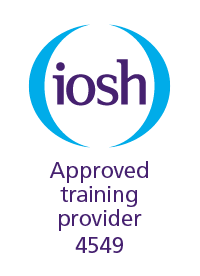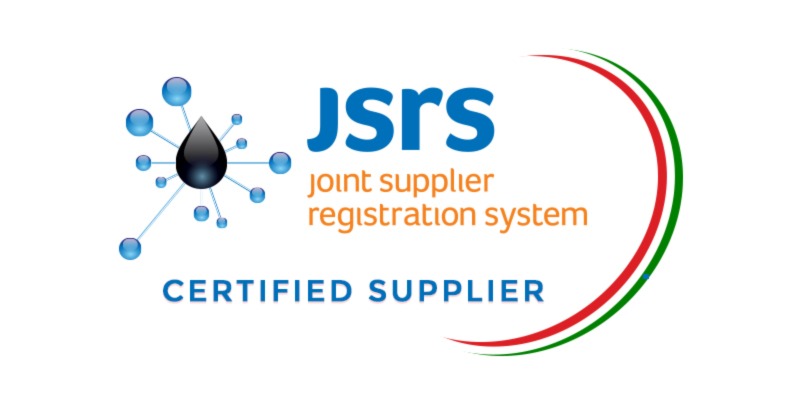Applied Petrophysics and Well Log Interpretation
Candidates:
Geoscientists, petrophysicists, reservoir engineers and petroleum engineers who are involved in field development exploration, field development and integrated reservoir studies and are using logs, cores and test data to be able to characterize, model and manage their reservoirs.
Summary:
The main targets of this training course are to create and then develop the understanding of the technique, needs and interpretation of logging, coring and test data. Each technique principles, response, measurements and analyses are treated separately. Then the participants will practice how to integrate these techniques together to come up with the best interpretation of our reservoirs. Examples from the Arabian Gulf will be discussed during the course (Thamama, Khuff, Arab and Mishrif reservoirs).This course will be conducted in a workshop environment. It contains 76 exercises that cement the idea of integrating geological, petrophysical and engineering data to better evaluation of our reservoirs.
Contents:
- Introduction
- Why integrated studies?
- Reservoir Geology
- Depositional Environment of Reservoirs
- Carbonate Reservoirs
- Clastic Reservoirs
- *Reservoir Properties
- Porosity
- Permeability
- Wetability
- Capillary Pressured
- Relative Permeability
- Coring operation
- Techniques, measurements and analysis of;
- Coring and core analysis
- 1. Side well core
- 2. Conventional core
- 3. Special core analysis
- Formation Resistivity Measurements
- 1. Basic of Resistivity tools
- 2. Laterolog Family of Logs
- 3. Induction Family of Logs
- 4. New generation resistivity tools
- Porosity Measurements
- Sonic
- Density
- Neutron
- Lithology Definition
- 1. Normal Methods
- 2. Cross-plot techniques
- Special Tools & Techniques
- Gamma Ray
- Dipmeter Log
- Formation Imaging Tools
- Nuclear Magnetic Resonance (NMR/CMR)
- Measurement while drilling
- Logging While Drilling
- Geosteering
- Use of subsurface pressure data
- Evaluation of subsurface data
- Overview of pressure transient analysis
- Compartmentalization of reservoirs
- Detection of fluid contacts
- Definition of drainage area
- Determining pay and pay classes
- Calculation of SW using different methods
- Calculation of porosity using porosity Logs in complex lithologies
- Cementation and saturation components – CEC – fluid sensitivity
- Capillary pressure application to pay determination
- Test Data; Principals and Applications
- Analysis and Interpretation
- Middle East Reservoirs











